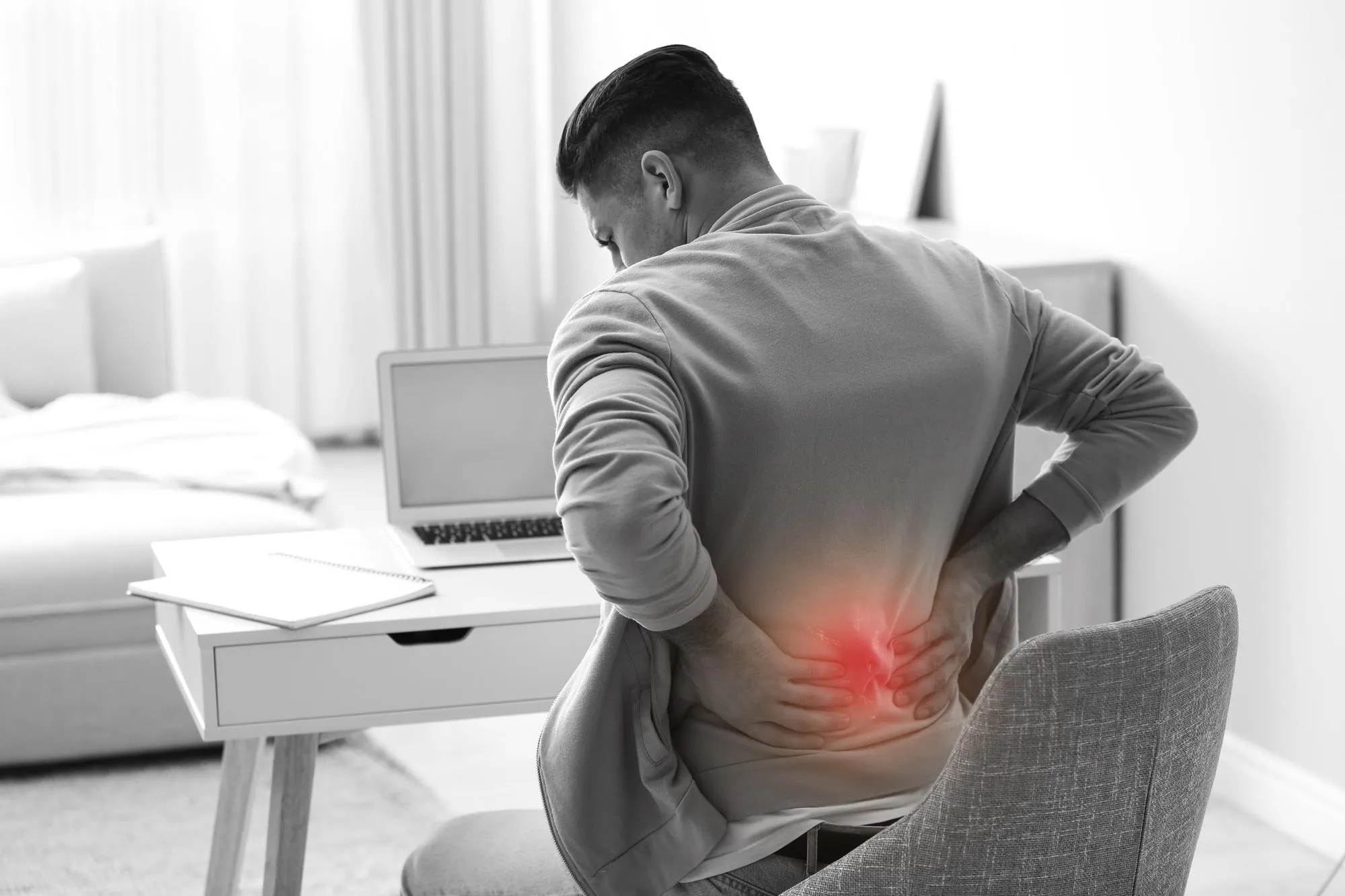Hip arthroplasty, commonly known as hip replacement surgery, has revolutionized the way we address hip disorders and has brought life-changing relief to many suffering from severe pain and restricted mobility. Yet, even with the advancements in medical technology and surgical techniques, some patients experience persistent pain after their procedures, which can be disheartening and challenging for both the patient and the clinician.
A study, published in The Journal of Arthroplasty, aimed to shed light on this troubling issue. This comprehensive research effort by Erivan et al. was designed to identify the primary causes of pain in patients who have undergone hip arthroplasty. The article highlighted important findings and proposed an effective diagnostic approach to ascertain the root causes of persistent postoperative pain.
The study included 201 hips from 194 patients who had unexplained painful hip arthroplasty for at least 6 months post-operatively. A decision tree was utilized to assess the cause of the pain, with the primary endpoint being the final diagnosis. Additionally, secondary endpoints involved subgroup comparisons between main causes and the assessment of risk factors.
The results of the investigation were revealing. The final diagnoses indicated that periarticular pain, projected pain, wear, loosening, and material problems were the main causes of pain. Specifically, periarticular pain was identified in 26.4% of cases, projected pain in 24.4%, wear in 19.9%, loosening in 10%, and material problems in 8.5%. The study detailed various specific conditions under these categories, such as trochanteric bursitis, iliopsoas tendinitis, loosening of the femoral component or the cup, and trunnionosis.
It is notable that even with rigorous diagnostic procedures, 3.5% of cases remained undiagnosed, hinting at the complexity of post-arthroplasty complications. Additionally, infection accounted for 3% of the cases, all of which were chronic. Other causes of pain included instability without real dislocation, misplacement, fracture, and complex regional pain syndrome.
This evidence-based study is said to be the first of its kind to address the causes of painful hip arthroplasty in clinical practice, whether it leads to revision surgery or not. The authors advocate for a systematic approach involving physical examination, radiographic assessment, and laboratory studies to determine the cause of the pain accurately. They stress that understanding the nature of the pain is crucial to ensure appropriate treatment and to avoid making the patient’s condition worse, which can sometimes occur with revision surgery.
The study was conducted as a level 4, retrospective study and calls for meticulous attention to detail in managing patients with unexplained painful hip arthroplasty. The findings emphasize the importance of not jumping to conclusions or immediately attributing pain to surgical errors or prosthetic failure without a thorough evaluation.
DOI reference of the study: 10.1016/j.arth.2019.04.014
The implications of this study are significant for orthopedic surgeons, physical therapists, and other healthcare professionals who manage patients after hip replacement surgery. Understanding the diverse causes and employing a systematic diagnostic approach can potentially lead to more targeted and successful treatments, ultimately improving patient outcomes.
References
1. Erivan R, Villatte G, Ollivier M, Paprosky WG. Painful Hip Arthroplasty: What Should We Find? Diagnostic Approach and Results. J Arthroplasty. 2019 Aug;34(8):1802-1807. DOI: 10.1016/j.arth.2019.04.014.
2. Review of “Painful Hip Arthroplasty: What Should We Find? Diagnostic Approach and Results” in the context of diagnosis and management. J Arthroplasty. 2019 Sep;34(9):2195-2196.
3. Management and outcomes in patients with painful hip arthroplasty. J Arthroplasty. 2019.
4. Current Concepts in the Evaluation and Treatment of Patients with Painful Total Hip Arthroplasty. Revised Orthopedic Literature. 2019.
5. Diagnosing the painful hip: the latest approaches and algorithms. Int Orthop Syst. 2020.
Keywords
1. Hip arthroplasty pain
2. Postoperative hip pain
3. Diagnosis of hip prosthesis complications
4. Pain management after hip replacement
5. Causes of painful total hip arthroplasty
